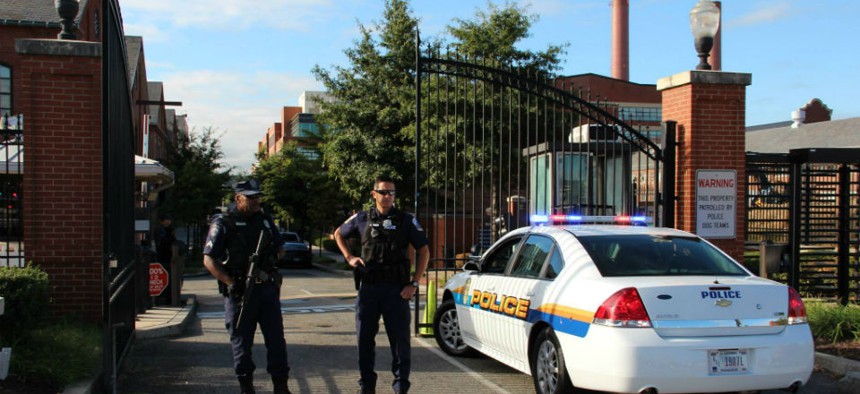OMB Points to Progress on Security Clearance Reform
Agencies are pursuing 'continuous evaluation' of clearance holders, among other improvements.
The first anniversary of the 12 murders at the Washington Navy Yard prompted President Obama’s management specialist to highlight multi-agency progress in tightening the security clearance process.
Beth Cobert, the deputy director for management at the Office of Management and Budget, wrote in a Tuesday blog that “over the past year we’ve made meaningful and impactful progress, and are continuing to work and coordinate across the whole of government to accelerate this progress.”
The now-deceased Navy Yard killer, a contractor with a clearance, had exhibited signs of mental illness that did not prompt any preventive action, a reason President Obama after the tragedy asked for a 120-day review of possible security clearance reforms. Cobert, who chairs the Suitability and Security Clearance Performance Accountability Council, ran the review and delivered the results in February.
On Tuesday she highlighted six areas of progress by the Defense Department, the Office of Personnel Management, and the Office of the Director of National Intelligence on the review’s 13 recommendations.
To encourage more continuous evaluation of the mental health and trustworthiness of employees and contractors, the Obama administration has three pilot programs involving stepped-up-frequency of investigations. The changes are expected to be initially implemented for the most sensitive positions by the end of 2014, and fully implemented in fiscal 2016.
The existing federal investigative standards policy is to conduct background checks every five years for those with top-secret clearances and every 10 years for those with secret-level clearances. It has been changed to require a probe every five years for all levels of access, Cobert reported.
Interagency access to law enforcement records—including information sharing between state, local and federal officials—has been improved following a policy review required under the fiscal 2014 Defense Authorization Act.
The quality of background investigations has been improved through guidance to standardize processes and training released by the Security and Suitability Executive Agents.
Access to classified information has been reviewed under an order from the Director of National Intelligence, prompting many agencies to narrow those eligible. By the end of 2014, the goal is to reduce those having an active clearance by 10 percent, Cobert wrote.
Cobert also reiterated the fact that addressing insider threats and security clearance reform remains one of the administration’s Cross-Agency Priority goals. Steps toward meeting those goals are tracked at Performance.gov.
“We will continue to work aggressively to ensure rigorous oversight and accountability mechanisms are in place throughout government,” she said, “thereby ensuring the safety of federal workers and the protection of our nation’s most sensitive information.”




